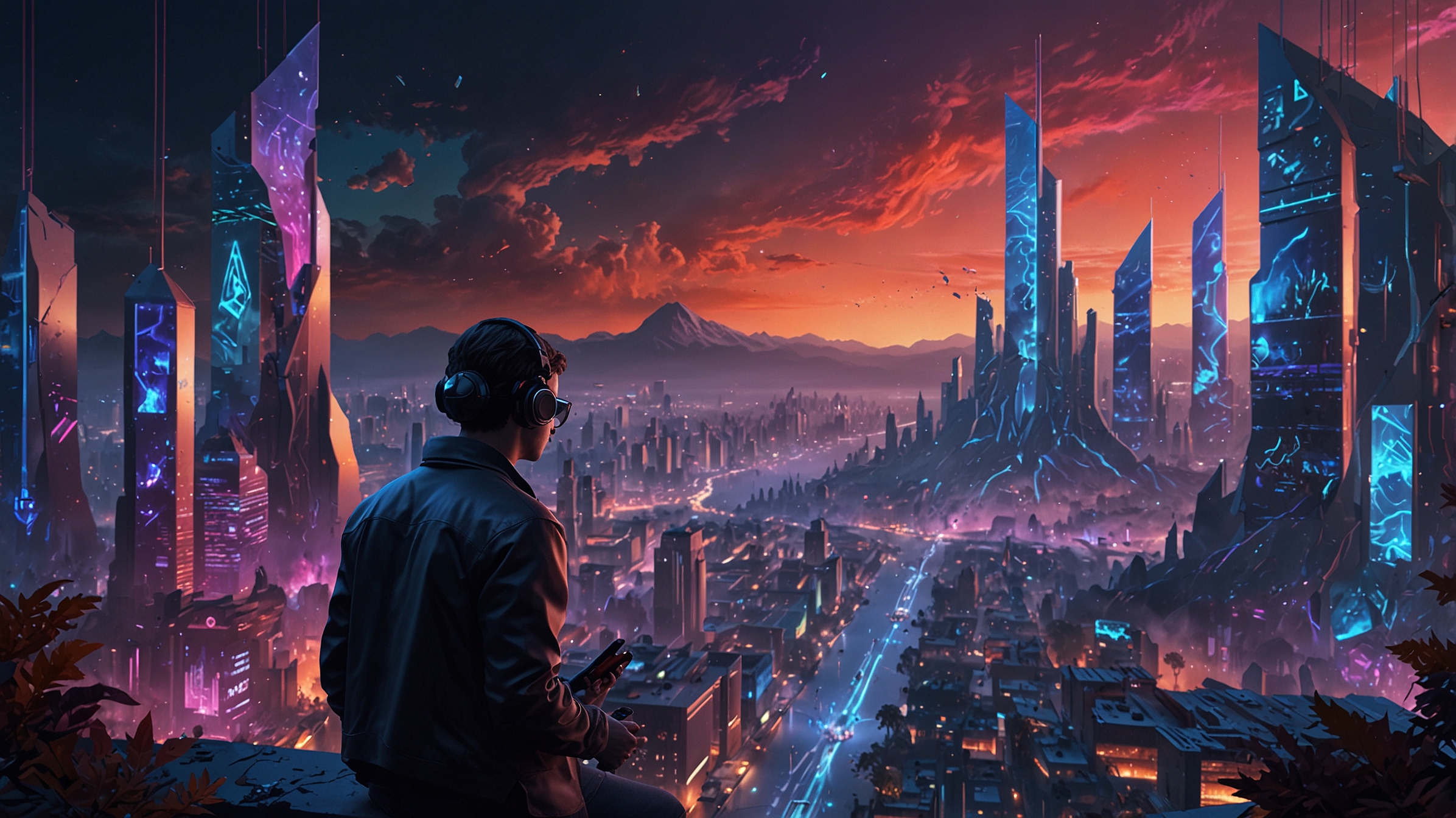Video games have always been about creativity, immersion, and pushing technological boundaries. Today, a new player has entered the world-building arena: generative AI. From crafting stunning landscapes to designing intelligent non-player characters (NPCs), AI tools are rapidly transforming how games are made — making development faster, more dynamic, and sometimes even more imaginative.
So, how exactly is AI shaping the future of game design, and what should players and aspiring developers know about it? Let’s dive in.
What Is Generative AI in Gaming?
Generative AI refers to algorithms that can create new content — such as text, images, music, or 3D models — based on patterns it has learned from existing data. In gaming, this means AI can help design entire levels, build complex characters, script dialogue, or even produce sound effects and background music.
Rather than replacing human creativity, generative AI acts as a powerful tool that assists and enhances the work of developers. It can handle tedious or repetitive tasks, spark new ideas, and help small studios achieve big visions.
How AI Is Revolutionizing Game Development
1. Level Design at Scale
Traditionally, building a massive game world — like an open-world map or hundreds of dungeons — required teams of designers working for years. Now, AI can procedurally generate environments based on simple guidelines. Games like No Man’s Sky famously use algorithms to create billions of planets, each with unique terrain, plants, and animals.
Today’s generative tools allow designers to input rules (such as “make a forest with winding rivers and hidden caves”), and the AI fills in the details, generating rich, explorable worlds at lightning speed.
2. Smarter, More Dynamic Characters
AI-driven NPCs are becoming smarter and more responsive. Instead of using rigid scripts that repeat the same lines or actions, AI characters can generate dialogue, adapt their strategies in combat, or react emotionally to player actions.
Imagine a role-playing game where the villagers remember your deeds (good or bad) and treat you differently every time you visit — all thanks to AI-generated memory and behavior systems.
3. Art and Asset Creation
Creating high-quality textures, models, and artwork is one of the most time-consuming parts of game development. Generative AI tools like Midjourney, DALL-E, or custom-trained models can help artists rapidly create concept art, character designs, and even full 3D models.
While artists still guide the creative vision, AI gives them a massive head start, allowing them to iterate faster and experiment with new styles.
4. Dynamic Storytelling
Storytelling is at the heart of many great games. With AI, narratives can become even more flexible. Instead of a linear plot, games can offer branching storylines that evolve based on player decisions — with AI generating unique dialogue and events that feel natural and personalized.
This could lead to virtually infinite replayability, where no two players have exactly the same story experience.
Challenges and Considerations
While the potential of generative AI is exciting, it’s not without challenges:
- Quality Control: AI-generated content can sometimes feel generic, repetitive, or buggy. Developers must carefully curate and fine-tune AI outputs to maintain a high level of polish.
- Creativity vs. Automation: There’s a risk that relying too much on AI could result in games that feel formulaic or lack a unique human touch.
- Ethical and Legal Issues: Some generative AI models are trained on copyrighted art, writing, or designs. This raises complex questions about ownership, credit, and intellectual property rights in AI-assisted creations.
The Future of AI in Game Design
As AI tools continue to improve, expect to see even more impressive innovations:
- Personalized Games: Imagine a game that adapts its world and story based on your playstyle, preferences, and even your mood.
- Smaller Teams, Bigger Dreams: Indie developers will be able to create AAA-quality experiences without needing massive budgets or teams.
- Player-Created Content: AI could empower players themselves to become co-creators, designing their own characters, quests, or even entire game worlds through easy-to-use tools.
Generative AI is not just a fad — it’s a fundamental shift in how games are made and experienced. For players, this means richer, more dynamic worlds to explore. For developers, it opens the door to unprecedented creativity and efficiency.
The key will be finding the right balance between human imagination and machine-generated assistance — because while AI can build the scaffolding, it’s still human passion and storytelling that make a game truly unforgettable.





